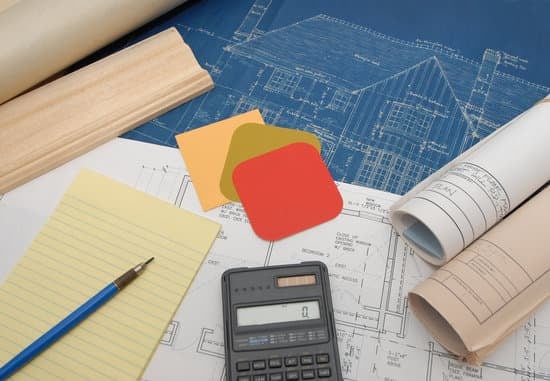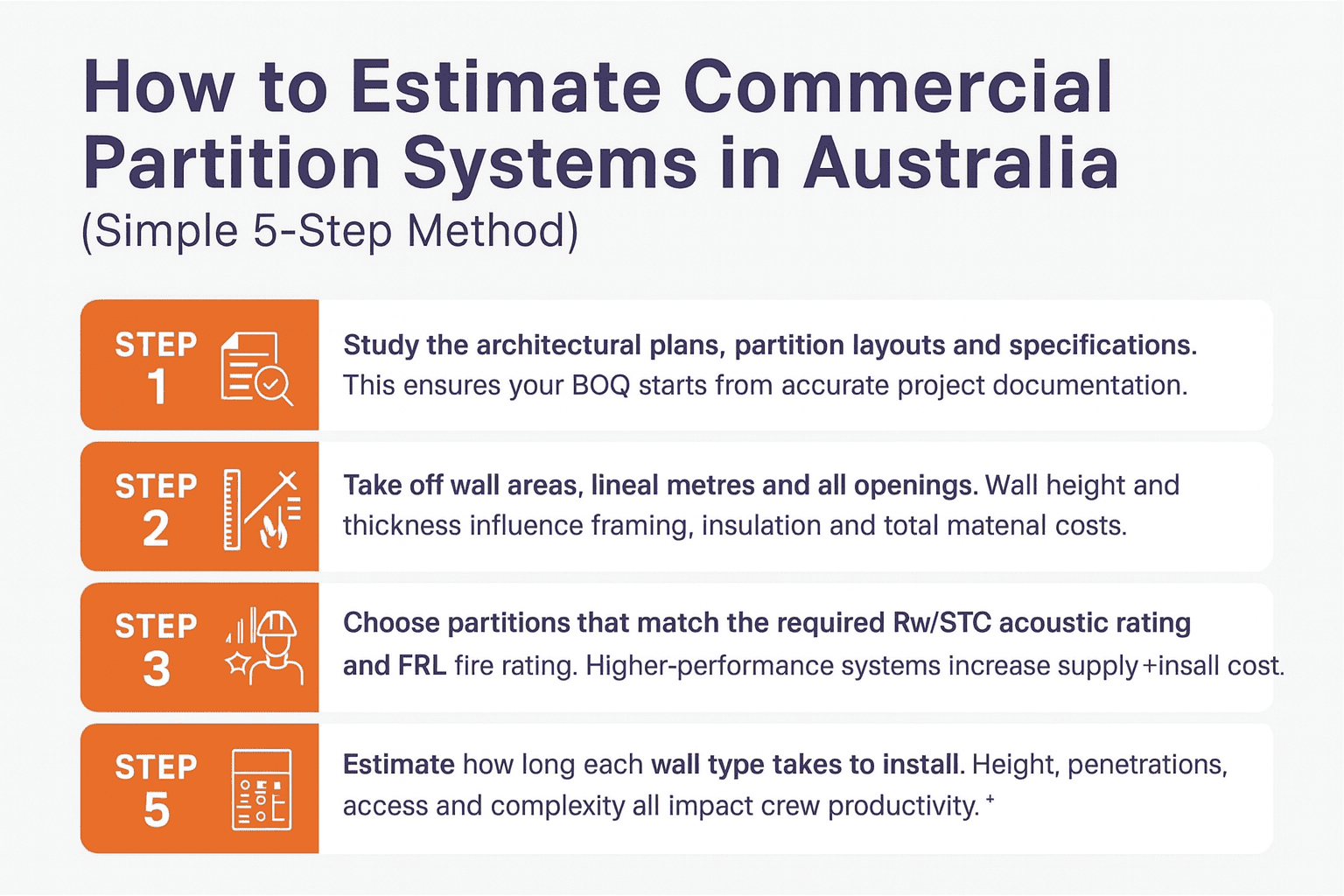Accurate estimating services are essential for the success of any project, whether it’s in construction, manufacturing, engineering, or any other industry involving large-scale production and management. Estimating services allow businesses to forecast costs, allocate resources, and set realistic timelines. But how accurate are these estimates, and what factors influence their precision?

In this article, we’ll break down the key factors that determine the accuracy of estimating services, the challenges estimators face, and how businesses can improve the reliability of their estimates. By understanding the variables that affect accuracy, companies can make more informed decisions and avoid common pitfalls that lead to costly overruns.
Why Accuracy in Estimating Matters
Accurate estimates play a critical role in project planning and management. The ability to predict costs, labor, materials, and timelines helps businesses:

- Stay on Budget: Accurate estimates prevent overspending and ensure that projects remain within financial limits.
- Meet Deadlines: By providing a clear timeline, accurate estimates help teams complete work on time.
- Maintain Client Trust: Providing reliable estimates sets realistic expectations and builds trust with clients.
- Minimize Risk: With precise estimates, businesses can avoid unplanned expenses and disruptions that may arise from project scope changes or unforeseen challenges.
Inaccurate estimates can lead to significant project delays, budget overruns, and dissatisfaction from both clients and stakeholders. Understanding what contributes to the accuracy of estimating services is the key to mitigating these risks.
Key Factors Affecting the Accuracy of Estimating Services
There are several factors that influence the accuracy of estimates. These factors can vary depending on the complexity of the project, the tools used, and the experience of the estimator.

1. Scope Definition
The clarity of the project’s scope is one of the most significant factors in determining the accuracy of an estimate. A well-defined scope allows estimators to understand all aspects of the project, from materials to labor requirements. Without a clear scope, there’s room for error, and costs or resources may be underestimated.
- Best Practices: Ensuring that all project details, requirements, and deliverables are clearly outlined in the early stages is essential for accurate estimation.
2. Quality of Project Data
Reliable and detailed project data is crucial for creating accurate estimates. This data includes past project reports, cost databases, market trends, and detailed design plans. The more detailed and up-to-date the data, the more accurate the estimate will be.
- Best Practices: Always collect and review project data before beginning the estimation process. Use historical data, cost indexes, and supplier quotes to improve accuracy.
3. Experience of the Estimator
An experienced estimator brings valuable insight into the process. They are more familiar with common challenges, market fluctuations, and labor costs, allowing them to create more precise estimates. Experienced estimators are also better equipped to anticipate potential risks and account for them in their forecasts.
- Best Practices: Rely on estimators with a proven track record and industry experience. Their knowledge of specific industries, such as construction or engineering, can significantly improve the accuracy of estimates.
4. Project Complexity
The more complex a project, the harder it is to estimate accurately. Complex projects often involve multiple stakeholders, subcontractors, and phases that need careful coordination. Additionally, unforeseen challenges may arise, impacting both time and budget estimates.
- Best Practices: For highly complex projects, it’s essential to break down the estimate into smaller, more manageable components. Creating estimates for each phase or section can improve overall accuracy.
5. Market Conditions and Material Costs
Fluctuations in market conditions, including changes in material prices, labor availability, and transportation costs, can impact the accuracy of an estimate. For instance, construction projects often face rising material costs due to supply chain disruptions or seasonal demand.
- Best Practices: Estimators should monitor market trends and work closely with suppliers to get real-time pricing information. Building a contingency plan to account for price fluctuations can also help manage these risks.
6. Technological Tools and Software
The use of advanced technology, such as estimating software, can improve the speed and accuracy of estimates. Tools like PlanSwift, ProEst, and Bluebeam can automate parts of the estimating process, reduce human error, and ensure that data is consistent across different projects.
- Best Practices: Invest in industry-specific estimating software to streamline processes and reduce manual errors. The right tools can help create more accurate estimates and improve overall project management.
7. Contingency Planning
No matter how detailed or accurate an estimate is, there will always be some level of uncertainty. Factors such as weather delays, design changes, or unforeseen site conditions can throw off even the best estimates. Contingency planning involves setting aside a portion of the budget to cover unexpected expenses.
- Best Practices: A typical contingency reserve can range from 5% to 15% of the total project cost, depending on the project’s complexity and risk profile. Including this buffer ensures that the project can handle unexpected challenges without going over budget.
8. Communication Between Teams
Successful estimating requires clear communication between all parties involved, including architects, engineers, contractors, and project managers. Miscommunication can lead to errors in the estimate, resulting in budget overruns or delays down the road.
- Best Practices: Foster regular communication and collaboration among all teams involved. Regular check-ins, open channels of communication, and shared access to project documentation can prevent costly errors.
Common Challenges in Achieving Accurate Estimates
Even with a clear understanding of the factors influencing estimate accuracy, there are common challenges that estimators face when trying to deliver precise projections:

Changing Project Scope
One of the most common challenges is the changing scope of a project. As new requirements arise or client preferences shift, costs and timelines can change dramatically. Keeping the estimate updated as the project evolves is crucial.
- Solution: Estimators should regularly revisit and revise estimates throughout the project lifecycle. Keeping an open dialogue with stakeholders about potential changes can help manage expectations and adjust costs accordingly.
Inaccurate or Incomplete Data
When estimators are working with incomplete data, their estimates are more likely to be off-target. This issue is particularly common in the early stages of a project, where designs or material specifications might still be under development.
- Solution: Estimators should request the most up-to-date and detailed information possible before creating the estimate. Collaboration with design teams and project managers is essential to ensure that all relevant data is available.
Unforeseen Risks
Projects are often subject to risks that can’t always be predicted, such as weather delays, equipment breakdowns, or changes in regulations. These risks can lead to additional costs that were not accounted for in the initial estimate.
- Solution: Including a risk assessment and contingency reserve in the estimate can help mitigate the impact of unforeseen events. It’s important to regularly reassess risks throughout the project.
How to Improve Estimation Accuracy
Improving the accuracy of estimating services requires a combination of careful planning, the right tools, and a commitment to ongoing learning. Here are some strategies to help achieve more precise estimates:

1. Use Historical Data
One of the best ways to improve accuracy is to leverage historical data from past projects. Reviewing previous estimates, cost reports, and lessons learned can help estimators avoid repeating past mistakes.
2. Continuous Training
The estimating field is constantly evolving, with new techniques, software, and industry trends emerging all the time. Continuous training ensures that estimators stay up-to-date with the latest best practices.
3. Regularly Update Cost Databases
Material costs, labor rates, and equipment prices can change frequently. Regularly updating cost databases with the latest information helps create more accurate estimates.
4. Collaborate with Experts
For complex projects, it’s important to collaborate with subject matter experts, such as engineers or subcontractors. Their insights can help ensure that all technical aspects of the project are considered in the estimate.
Conclusion
Accurate estimating services are the cornerstone of successful project management. By understanding the key factors that influence accuracy—such as scope definition, estimator experience, and market conditions—businesses can create reliable forecasts that keep projects on track. While challenges like changing scopes and unforeseen risks may arise, having the right tools, processes, and communication in place can significantly improve the precision of estimates.
Ultimately, the accuracy of an estimate depends on how well all of these factors are managed. With careful planning, regular updates, and contingency measures in place, businesses can achieve greater project success and client satisfaction. If you’re looking for professional estimating services, AS Estimation & Consultants is here to help with expert guidance, cutting-edge technology, and a commitment to excellence. Contact us today to learn more about how we can assist with your next project.


